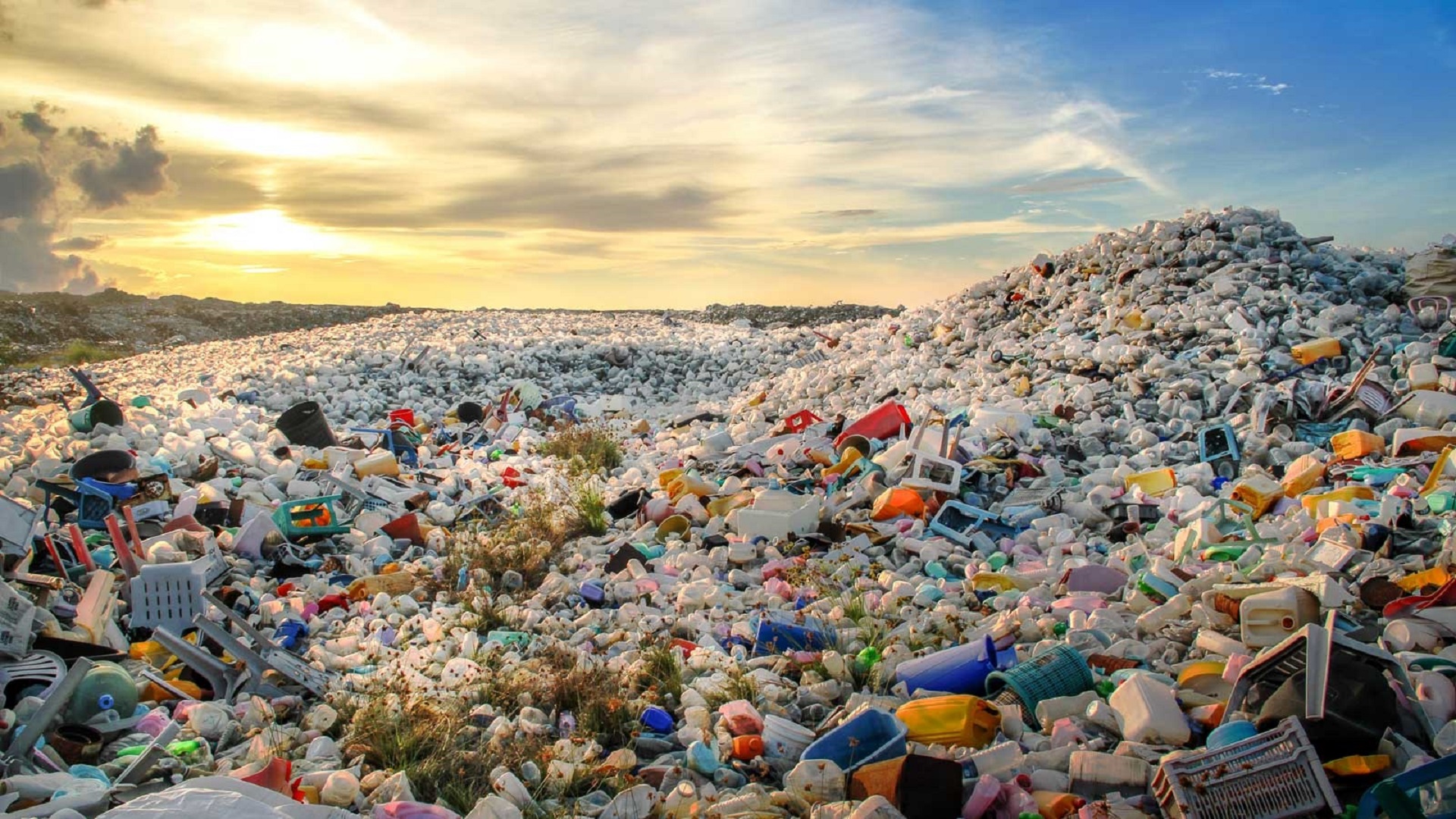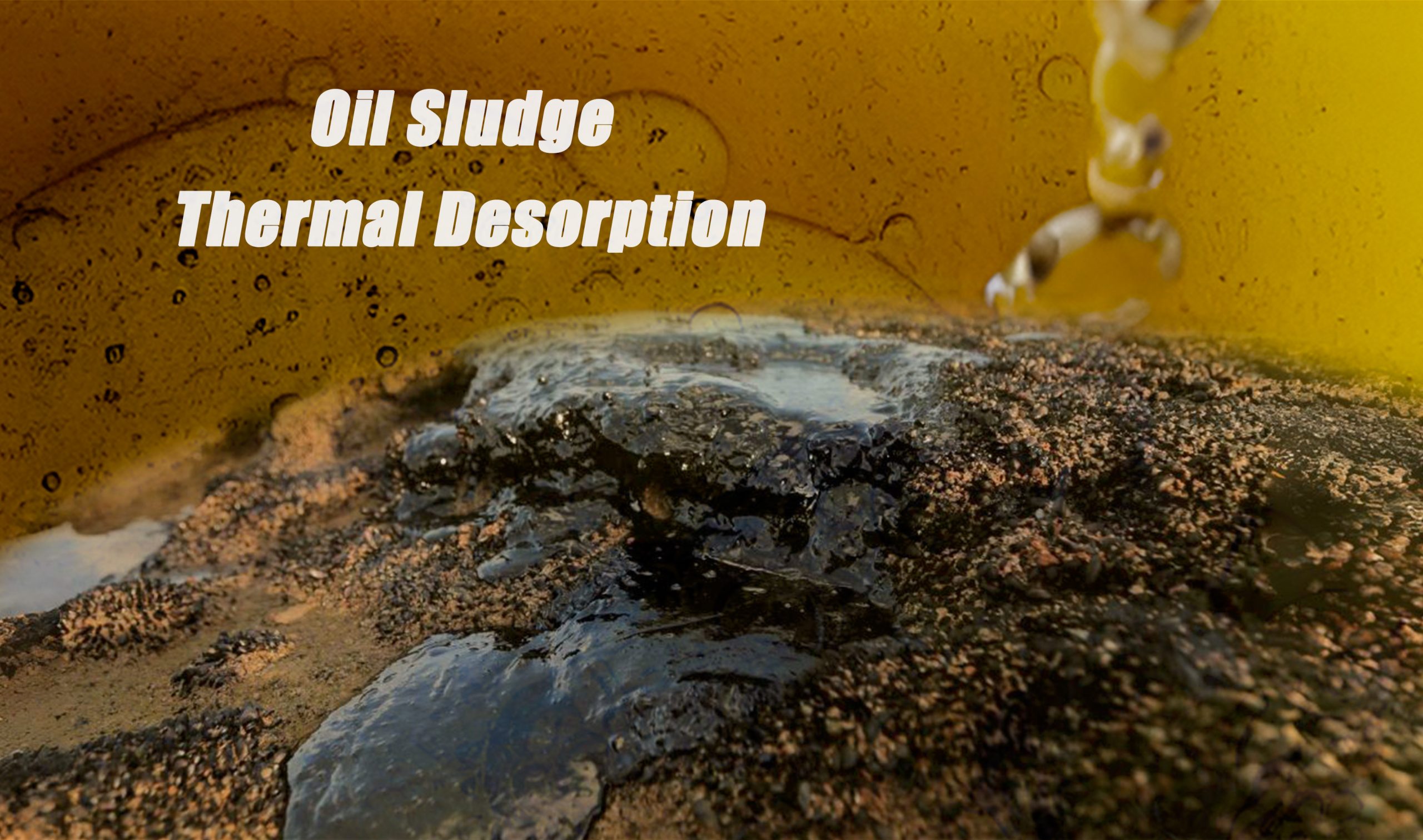An In-depth Exploration of Significance of Pyrolysis in Waste Management
Waste management is a critical global challenge, with traditional methods such as landfilling and incineration proving to be insufficient or environmentally harmful. Pyrolysis technology has emerged as a promising solution, offering a sustainable way to convert waste into valuable resources. This article explores the significance of pyrolysis in modern waste management and highlights key technologies such as the plastic to fuel, oil sludge thermal desorption unit, and tyre pyrolysis to fuel, while also considering the pyrolysis cost implications.

Understanding Pyrolysis
Pyrolysis is a thermochemical process that decomposes organic materials in the absence of oxygen. This method transforms waste into useful by-products such as oil, syngas, and biochar. Its versatility allows it to process various waste types, including plastics, tires, and oil sludge, making it an invaluable tool for waste reduction and resource recovery.
Applications of Pyrolysis in Waste Management
1. Plastic to Fuel Machine
The growing plastic waste crisis has led to the development of plastic to fuel machine. These machines efficiently convert non-recyclable plastics into fuels like diesel and gasoline, reducing landfill accumulation and curbing pollution. They also contribute to the circular economy by turning waste into a valuable energy source.
2. Tyre Pyrolysis Plant
End-of-life tires are another persistent environmental issue. A tyre pyrolysis plant processes waste tires to produce pyrolysis oil, carbon black, and steel wire. These by-products have commercial applications, ensuring that waste tires are not only removed from the environment but also repurposed effectively.
3. Thermal Desorption Unit
For hazardous waste such as oil sludge, the thermal desorption unit offers a safe and efficient disposal method. This technology separates contaminants from soil or other materials by heating them, making it an essential tool in environmental remediation and sustainable waste management.

Economic Considerations: Pyrolysis Plant Cost
The cost of establishing a pyrolysis plant is a critical factor for businesses and governments. The pyrolysis plant cost depends on factors such as capacity, technology, and the type of waste processed. While the initial investment may be significant, the long-term benefits in terms of resource recovery, reduced waste disposal costs, and environmental impact often outweigh the expense.
Advanced models, such as fully automated or continuous pyrolysis plants, tend to have higher upfront costs but offer greater efficiency and scalability, making them ideal for large-scale waste management operations.
Environmental and Social Benefits
By adopting pyrolysis technology, communities can significantly reduce landfill dependency, lower greenhouse gas emissions, and promote resource conservation. Pyrolysis also supports job creation and economic growth in industries related to waste processing and by-product utilization.
allowfullscreen=”allowfullscreen”>
Conclusion
Pyrolysis is revolutionizing waste management by offering sustainable solutions for processing various waste types. Technologies like the plastic to fuel, tyre pyrolysis plant, and thermal desorption play pivotal roles in addressing environmental challenges while generating economic benefits. Although pyrolysis plant costs can be a hurdle, the long-term advantages make it a worthwhile investment for a cleaner, greener future.